
Kitchen cabinetry is one of the most significant purchases when renovating or building a home. First impressions are lasting impressions, and since cabinets are one of the main items your guests and family members are going to notice in your kitchen, they can have a huge impact on both the appeal and value of your home. Choosing between framed and frameless kitchen cabinets can help provide the functional need and help further your personal design style.
Both options provide endless design possibilities and have their own unique advantages. Here are some things to consider as you decide if framed or frameless kitchen cabinets are best for you. If you need more inspiration, you can request a free catalog or check out our inspiration gallery.
As the name suggests, framed cabinets have a face frame that covers the front of the cabinet box. The doors of framed cabinetry attach to the face frame itself, allowing more stability for the box, creating a strong, sturdy cabinet. It is most commonly known as American style or “traditional” cabinetry. Wellborn Cabinet’s framed door style options include contemporary or transitional door styles. Wellborn Cabinet, Inc offers framed cabinetry with three different styles:
Inset cabinetry can transform the look of a standard cabinet. Flush with the cabinet frame, inset cabinet doors create a sleek and minimalist appearance. With an inset cabinet style, the doors and drawers rest inside of the cabinet face frame openings. This type of cabinet construction gives a full view of the cabinet frame, with only minimal spacing or gaps between the cabinet components. There are two distinct looks of inset cabinetry: Non-beaded and beaded inserts. Beaded inserts add just a touch more detail. Non-beaded does not have that extra detail, giving it a cleaner look.

In the cabinet industry, an overlay refers to the amount of cabinet face the doors and drawer fronts overlap. The amount of cabinet face frame or box visible when the doors and drawers are closed is called the reveal. Framed cabinets offer two types of overlays:
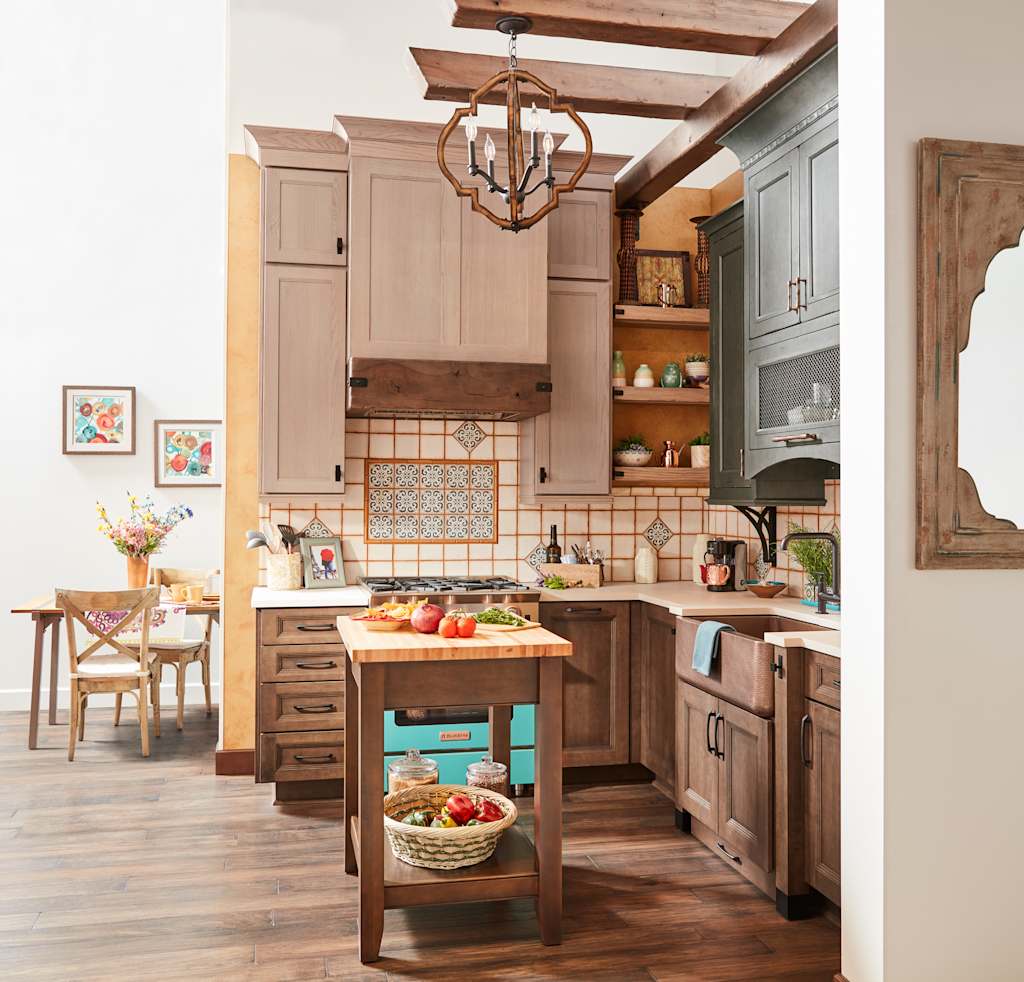
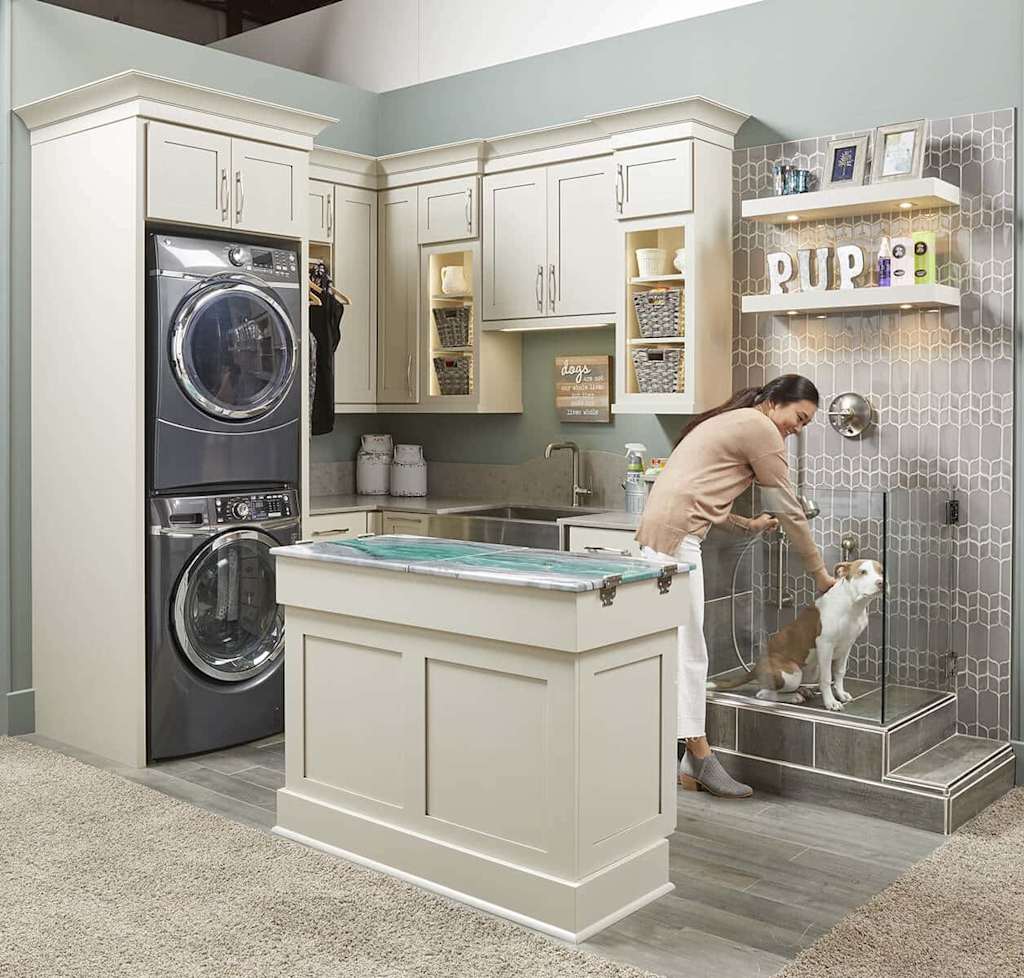
Just as the name suggests, frameless cabinets do not have a face frame. A frameless cabinet box offers more ease of access and storage space by removing the face frame. Frameless kitchen cabinetry has a sleeker look to it with seamless lines, and cabinet doors attached directly to the side of the box. It is most commonly known as full access, European style, or modern cabinetry. Wellborn Cabinet’s full access frameless cabinetry line, Aspire. Doors cover the entire box, leaving only a 2 mm reveal that creates a sleek, seamless appearance, making it a popular choice for modern and contemporary styled kitchens.
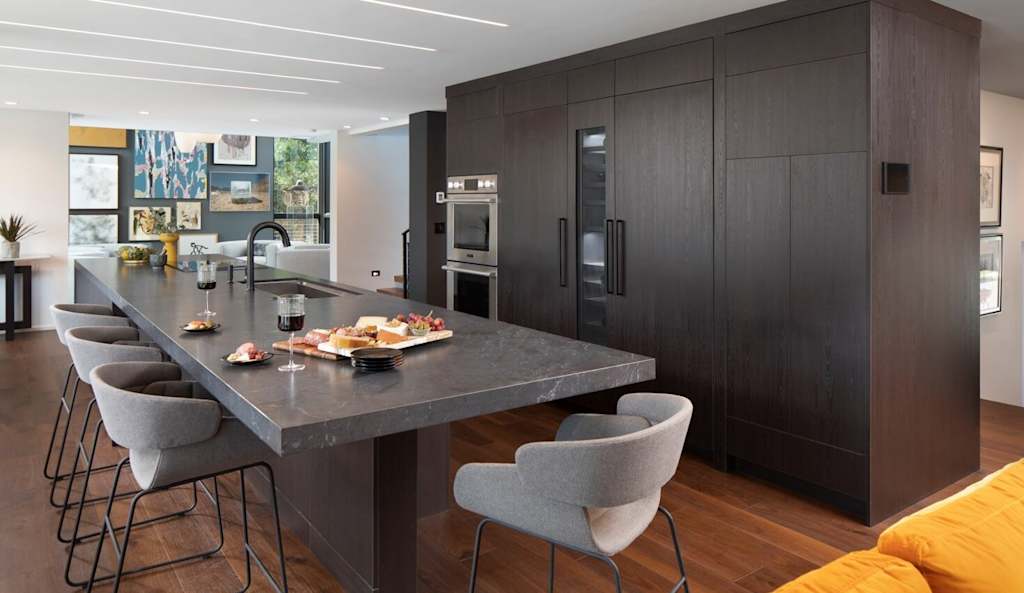
The short answer is no. Full overlay cabinets still show approximately 1/4-inch reveal of the face frame while frameless cabinets do not show any frame reveal.
While our frameless cabinets are constructed with the same Heirloom Quality practices, the face frame on framed cabinets act as reinforcement, making them the sturdier option of the two. This is not to say that frameless cabinets are not sturdy, they are, the face frame on the framed cabinets just give it a little extra oomph.
They do! Since frameless cabinets do not have a face frame, frameless cabinets have more easily accessible interior space than your traditional framed kitchen cabinetry.
Frameless cabinets offer finish options such as decorative and embossed laminate veneers, so these can affect cabinet pricing. However, doing your research and picking out the finish, material, and style you're looking for can also help you manage costs.
The key difference between framed and frameless cabinetry is how they are constructed. The face frame is constructed of horizontal members called rails, and vertical supports called stiles. The combination of wood grain directions in the face frame helps to reinforce the strength of the cabinet. Frameless cabinetry is constructed without the face frame located at the front of the cabinet. The cabinet construction is ¾” thick thermofused melamine end panels, shelves, tops, and cabinet bottoms.


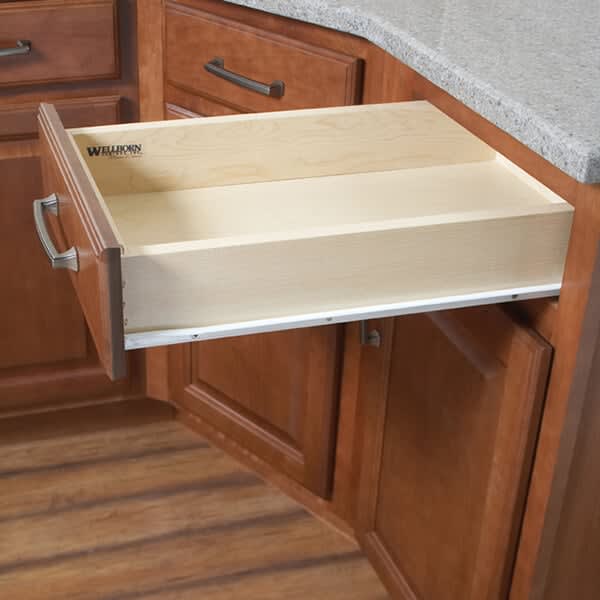
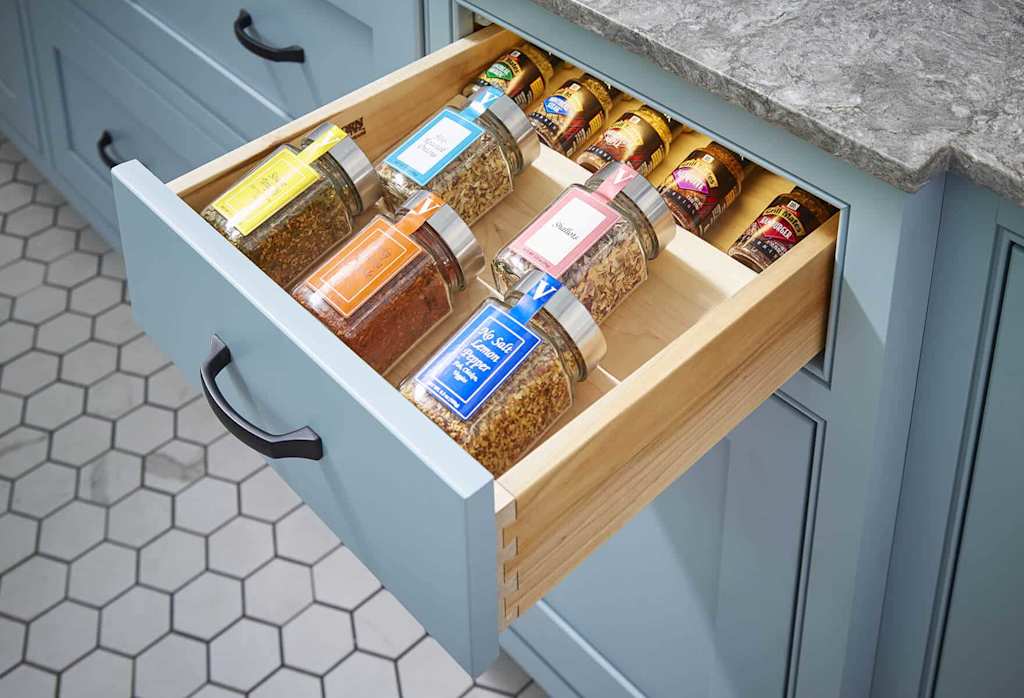
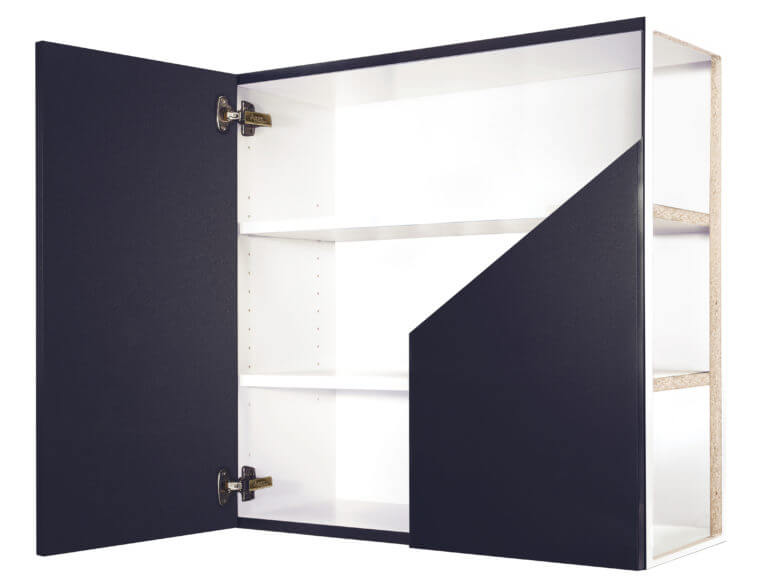


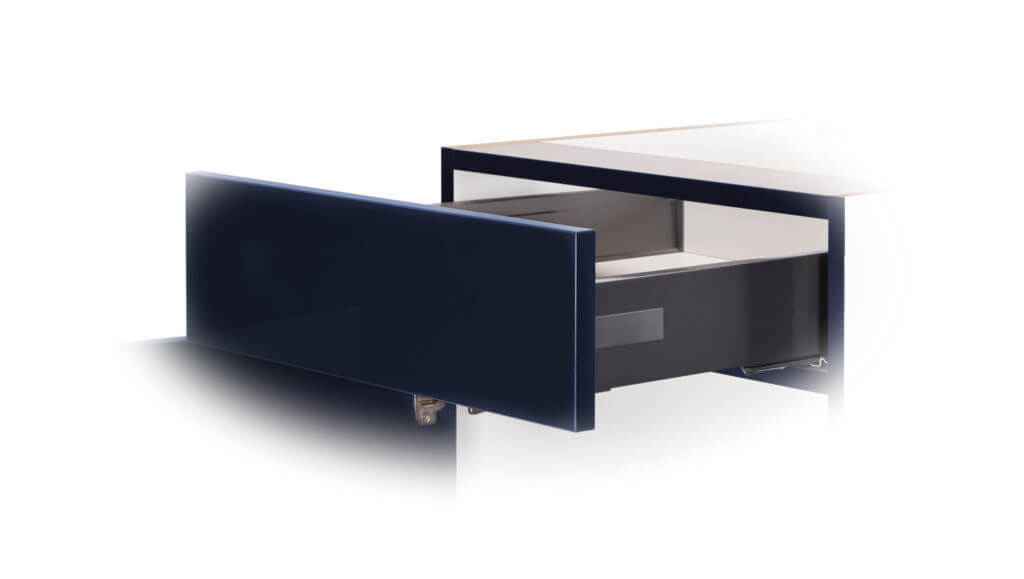

Now that you have more information, weigh the options and make the right decision for your preference and space needs. The only difference between framed and frameless cabinets is the box construction. The structural quality and durability between the two types of construction is equal, you simply have two very different construction methods that offer two different distinct looks. Wellborn Cabinet, Inc invites you to check out our room gallery or request a catalog for inspiration for your next project. Once you have found the right cabinet style for your home, find a Wellborn Cabinet dealer near you.